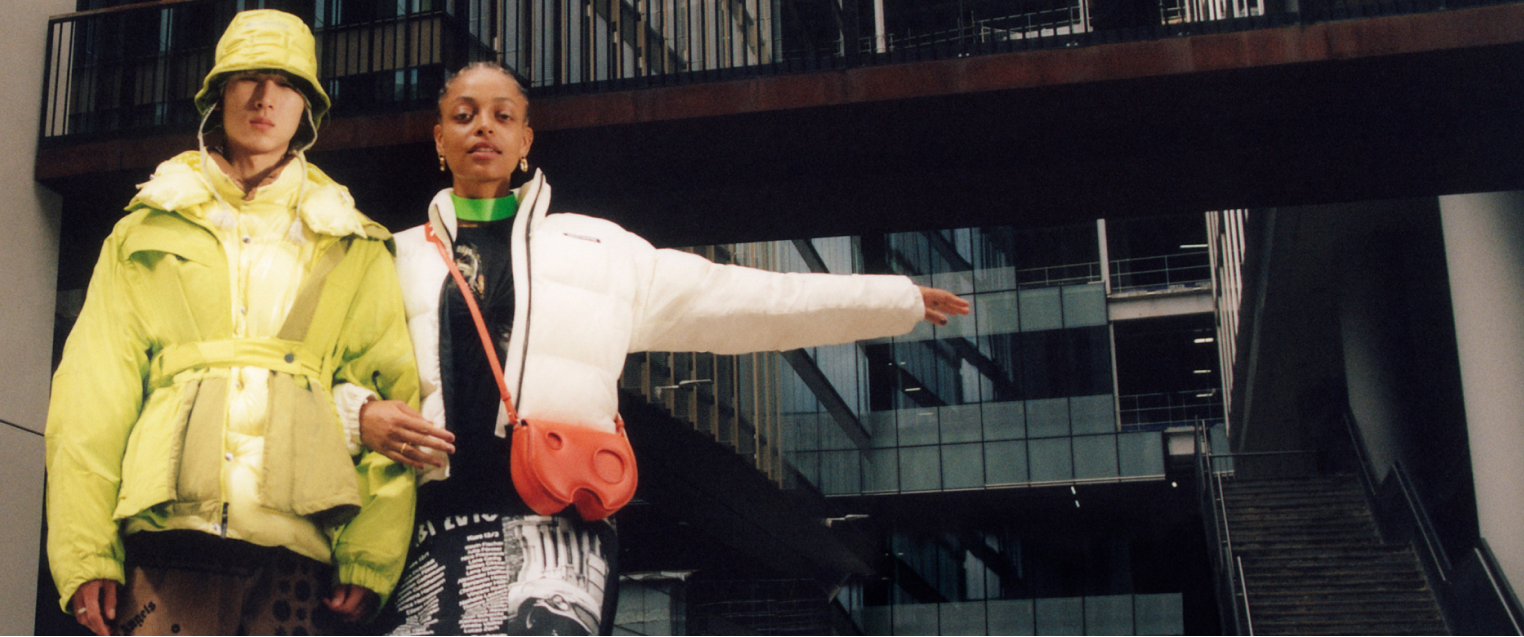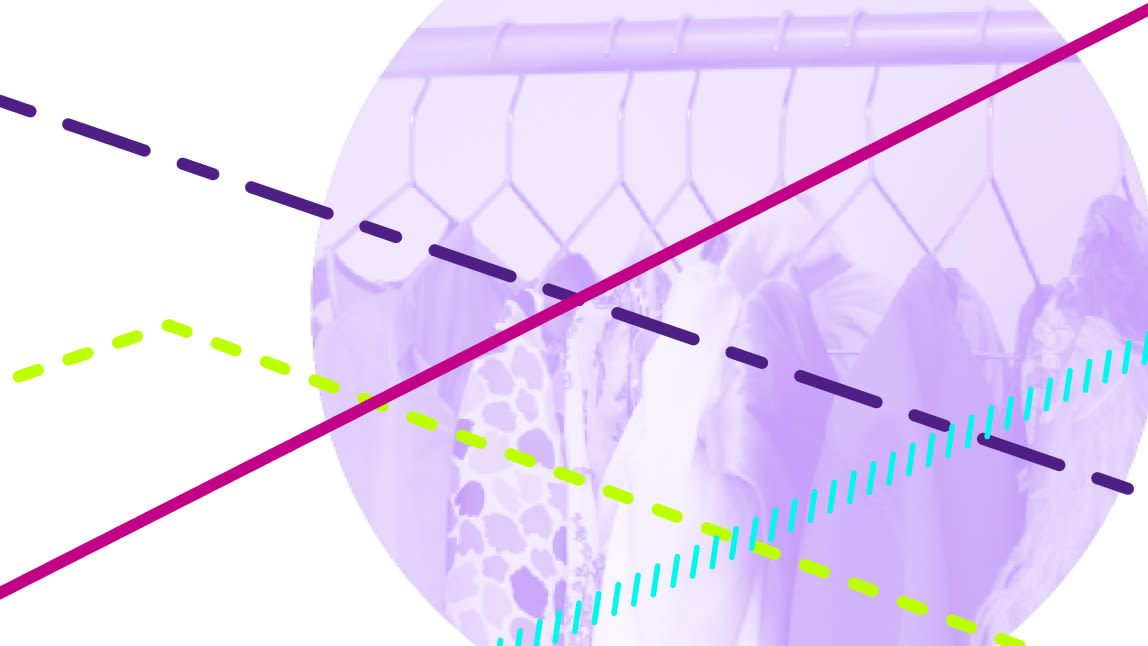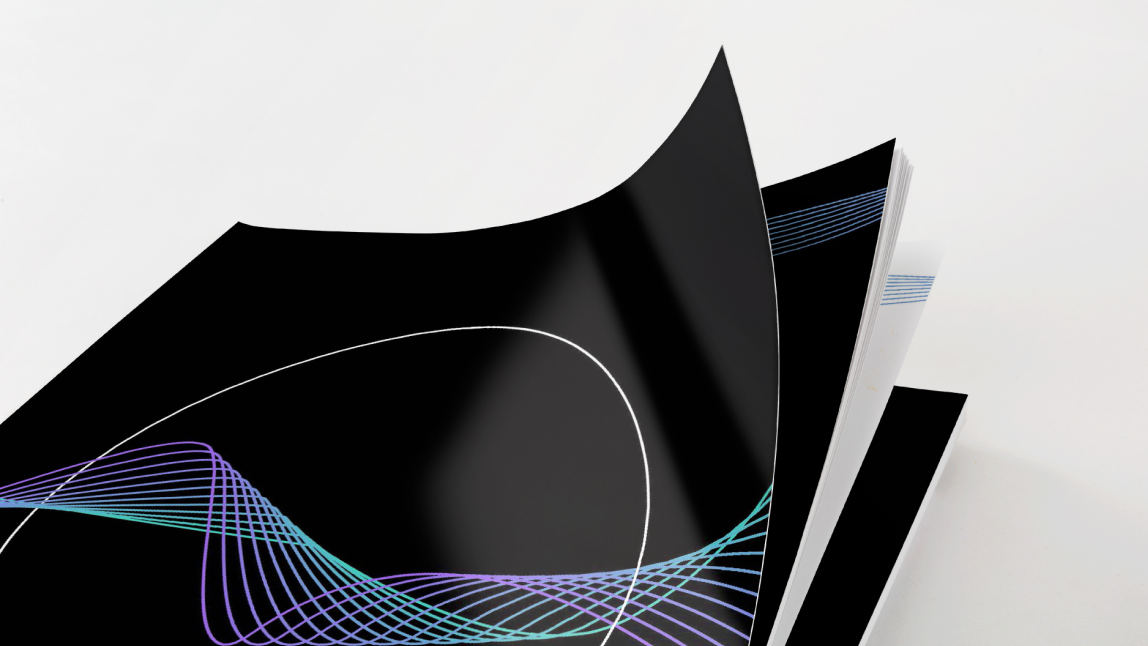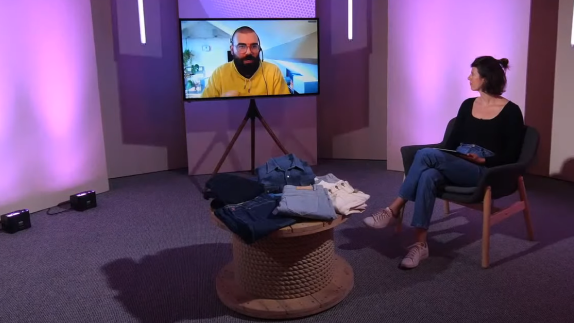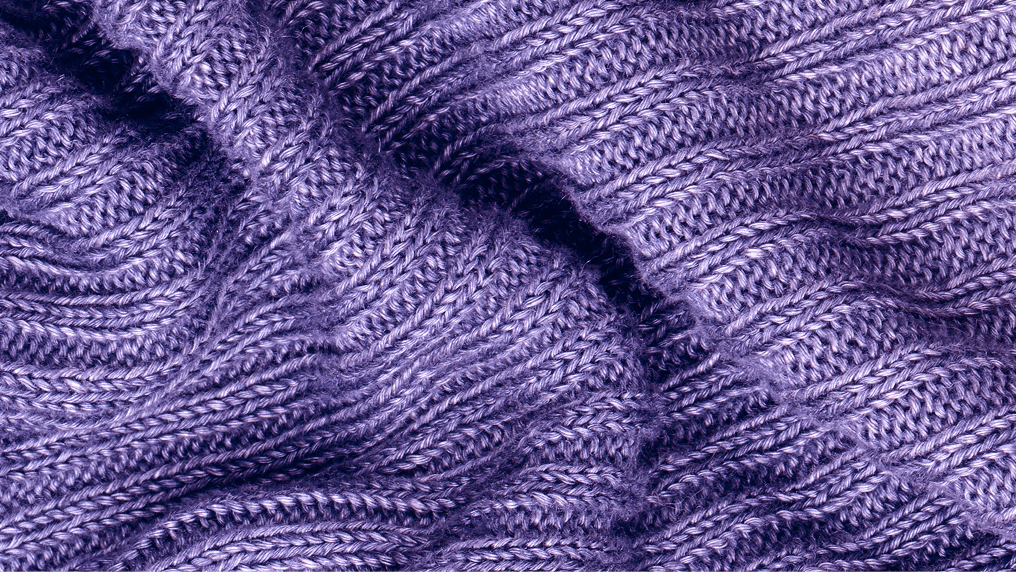
FARFETCH Limited is a global platform for the luxury fashion industry.
What they do
FARFETCH began as an e-commerce marketplace for luxury boutiques around the world, and today, the FARFETCH Marketplace serves customers in over 190 countries and territories. The items for sale come from more than 50 countries and nearly 1,400 of the world’s best brands, boutiques and department stores. The company offers a unique shopping experience and access to the most extensive selection of luxury on a single platform. FARFETCH is a pioneer in pre-owned luxury, having partnered with its first pre-owned boutique in 2010. In the last couple of years, FARFETCH has built on this initial ‘vintage’ boutique offering to include several services that increase the use of clothes.
In 2021, they established a resale platform for handbags, partnered with a third party to offer a repairrepairOperation by which a faulty or broken product or component is returned back to a usable state to fulfil its intended use. service for shoes and handbags, developed an online fashion footprint tool, and published their first annual report outlining the changes in luxury shopping behaviour from 2019 to 2021.
Why is it an example of the circular economy?
FARFETCH is on a mission to empower luxury shoppers to think, act and choose positively. Their platform clearly signals pre-owned items, while ensuring the user journey is no different from buying new. At the same time, they nudge users to extend the use of their clothes. For instance, they established a partnership with Thrift+ (FARFETCH Donate) whereby people can send their clothes for free to resell them on the Thrift+ platform and they launched ‘FARFETCH Second life’ a resale platform for designer handbags. People can also access repair services through the FARFETCH platform (‘FARFETCH Fix’) to keep using their shoes and handbags.
To help shoppers make informed decisions, FARFETCH developed the ‘Fashion Footprint Tool’, in partnership with IOF.earth, which allows shoppers to easily understand the impact of their fashion choices. Seeking to further contribute and showcase to the industry the increased environmental interest from shoppers, FARFETCH published its first annual ‘conscious luxury trends’ report where they reveal how shopping behaviour has changed in the last couple of years. For instance, they revealed that traffic to POSITIVELY FARFETCH has quadrupled year-on-year and, following the pandemic, there has been a dramatic rise in the use of their sustainability search function to filter responsible brands.
What are the benefits?
Through their platform, FARFETCH is providing information and services that empower citizens and fashion businesses while having a positive impact on the environment.
More users per product = less waste: 52% of FARFETCH customers surveyed have bought or sold pre-owned luxury items in the 12 months to September 2020. On average, purchasing a pre-owned item saves 1kg of waste, 3,040 liters of water and 22kg of CO2.
More disposable income: The number of bags sold by customers through FARFETCH Second Life increased by +348% YoY (2019-2020).
Uniqueness: Luxury shoppers benefit from finding unique items that are normally hard to source within a customer experience that is the same (or better) than buying new. They can also navigate the site easily and find all the luxury items in one place.
How it works in detail
FARFETCH is motivated to shift people’s choices towards more positive ones. For that, they have a “user-centric” model and seek to offer services that meet their user’s needs. The user chooses the service or tool that suits them most.
As part of their ambition, FARFETCH has developed the following services and tools:
Pre-owned: the pre-owned section on the website contains more than 9,400 pieces. Users can filter products to find all the pre-owned ones in a single place.
FARFETCH Second Life: Second Life allows users to trade in their old designer handbags for FARFETCH credit that can be spent on new merchandise. Hong Kong-based Upteam evaluates each new handbag put up for sale on the platform, provides sellers with an offer price based on photos, and takes on the responsibility of authentication and finding a buyer if the offer is accepted.
FARFETCH Donate: FARFETCH partnered with second-hand clothing platform Thrift+ to offer customers the possibility to donate unwanted items to charities and receive credits to use on their site. As part of the new partnership, FARFETCH customers will be able to buy a “Thrift+ x Farfetch” donation bag and select a charity to donate to. They can then book a free collection service, or drop off the bag filled with their unwanted clothes and accessories at a local drop-off point. When the bag is received, each item is photographed and listed for sale on the Thrift+ website. When an item sells, a third of the proceeds is given to the customer in the form of FARFETCH credits. Another third is donated to their chosen charity and the final third goes to Thrift+ to cover costs. Customers have the choice of forfeiting their FARFETCH credit so as to donate two-thirds of the item sale to charity, instead of just one third.
FARFETCH Fix: The service is provided by The Restory, though users can book a collection for the items they want restored directly from within the FARFETCH website. The Restory will then manage the restoration or repair service. It securely transports the client's items to their London-based atelier, where their team will assess the items and quote for their recommended services. Once complete, the items are returned, appropriately packaged, to a preferred address. Thus, users benefit from a convenient repair service for products they purchase through FARFETCH.
Published 23 November 2021
